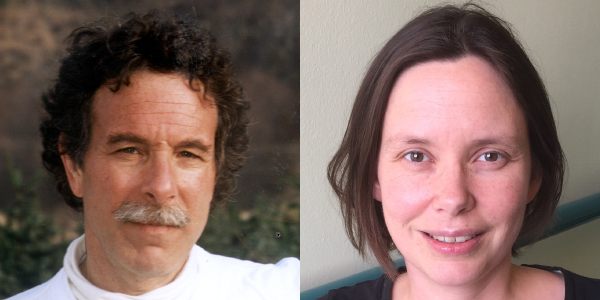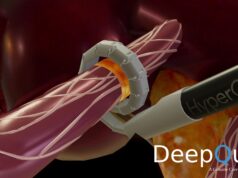
The European Heart Rhythm Society (EHRA) and Heart Failure Association (HFA) have initiated the European Cardiac Resynchronization Therapy Survey II, an initiative designed to collect information on the delivery of cardiac resynchronisation therapy (CRT), including indications, in a large number of hospitals from the 47 European Society of Cardiology (ESC) countries. The study is co-coordinated by Cecilia Linde (EHRA) and Kenneth Dickstein (HFA). Dickstein and principal investigator, Camilla Normand, both from Stavanger University Hospital, Stavanger, Norway, discuss details of the survey.
What is the rationale for undertaking this survey?
There is overwhelming evidence of the benefit of CRT in heart failure patients with electrical dyssynchrony. However, despite this strong evidence, implementation rates in most countries do not reflect current guideline recommendations. Further efforts are therefore warranted to describe current clinical practice, and permit benchmarking nationally and internationally. Following the success of the first ESC CRT Survey performed in 2008/2009, two ESC organisations EHRA and HFA are conducting the CRT Survey II.1
What key data are you expecting to obtain from this survey?
The CRT Survey II will collect data on patient demographics, indications for implantations, details of the implantation process and hospital admission. Taken together with the one-time site questionnaire we expect to collect valuable information regarding health care resource utilisation.
What is the value of conducting this type of surveys in clinical practice?
Most of the current information available regarding CRT implantations and complications has been obtained from randomised control trials. Clearly, when evaluating treatment effectiveness, randomised control trials provide the highest level of evidence. However, they do have certain disadvantages, which survey data can compensate for. Randomised control trials have strict inclusion criteria and therefore use highly selected patient groups, tending to exclude both elderly patients and those with large number of co-morbidities. Furthermore, they are usually performed in high volume centres with highly experienced implanters. They are costly to run, a fact that limits the number of participants in these trials. For these reasons, the patients included in these trials do not always reflect the clinical population they are intended to represent. Consequently, the data produced by randomised control trials are not always directly applicable to the clinical population. It is estimated that as few a one third of patients with heart failure would actually qualify for place in a heart failure randomised control trial. Furthermore, no large randomised control trials have included patients over the age of 75 or device upgrades.
When did the survey start and in what stage of the process is it now?
It started on 1 October 2015 and as of 28 October, 30 countries have contributed by including 376 patients. We expect this rate to increase rapidly as more centres join the Survey.
The first ESC Survey (2008/2009) on the same subject found that large numbers of CRT-P/CRT-D devices were implanted outside recommendations in the guidelines; what actions have the societies taken since then to address this issue?
Since the first Survey there are new ESC guidelines on CRT implantations. These have been updated with regard to the importance of both QRS duration and morphology and include some expanded indications.
Are you aware of any similarities/differences regarding clinical practice of implantation of CRT devices compared with USA?
The American and European guidelines on CRT implantation generally agree on indications for device implantation. There are some minor differences but these are believed to be related to publication dates.
What are the criteria needed by centres interested in participating? Who do they have to contact?
Any centre in an ESC country that implants CRT devices is welcome to participate. Centres may contact Tessa Baak on Operations at [email protected] for more information on the survey or to request login details to participate in the survey.
When would the results of this survey be available?
The survey will run for six months and we expect to publish the results rapidly after completion of data collection, during summer 2016.
References
- Dickstein K et al: European cardiac resynchronization therapy survey II: rationale and design. Europace 2015;17(1):137‒41












